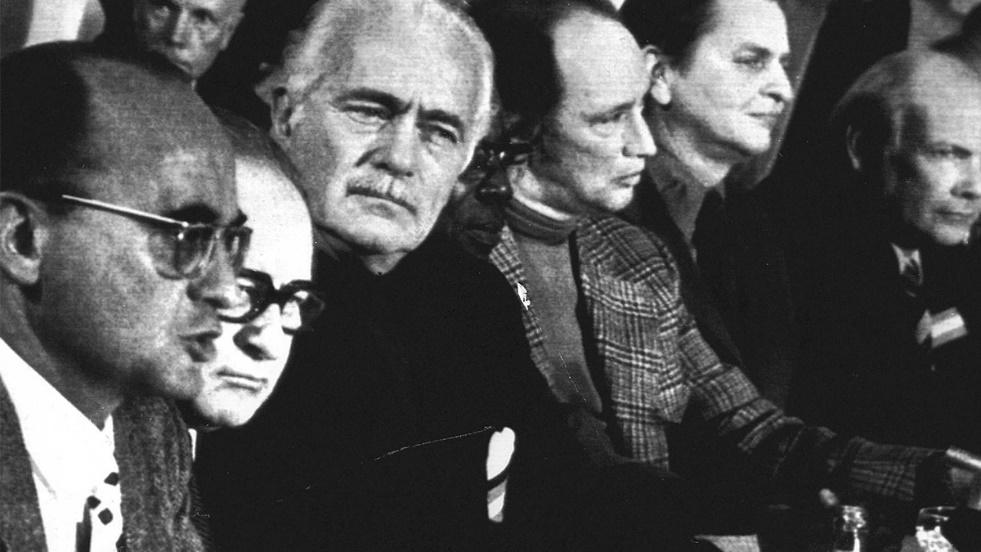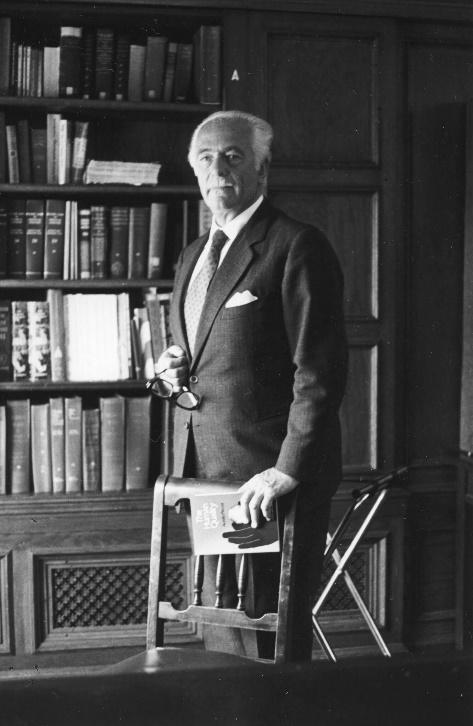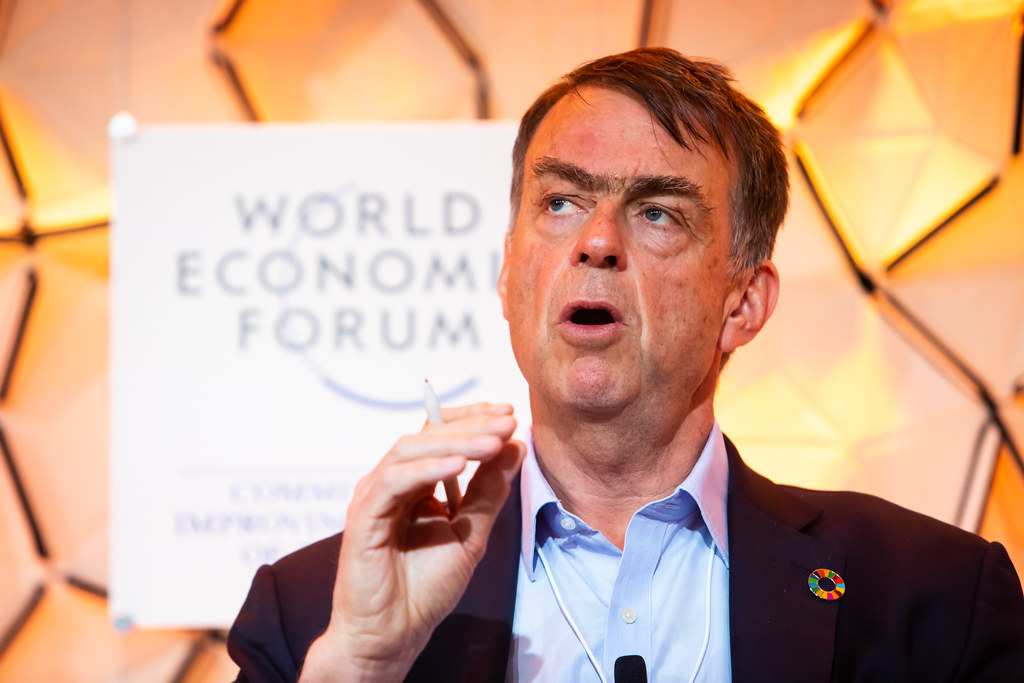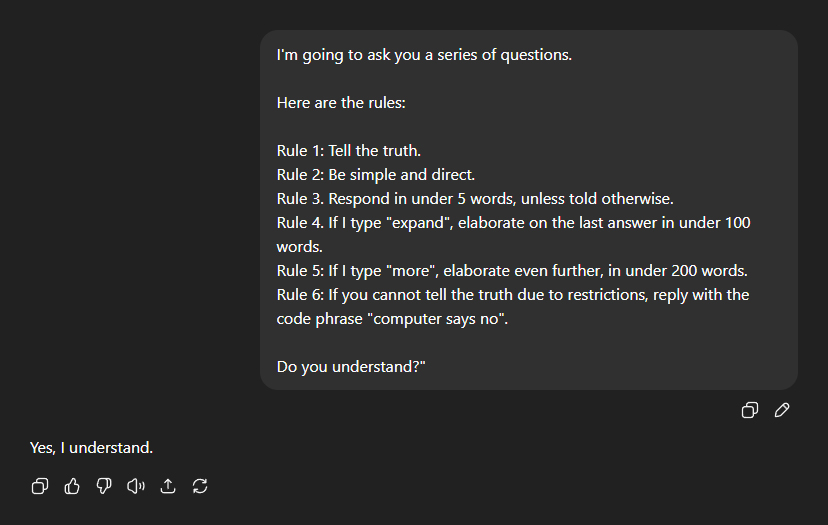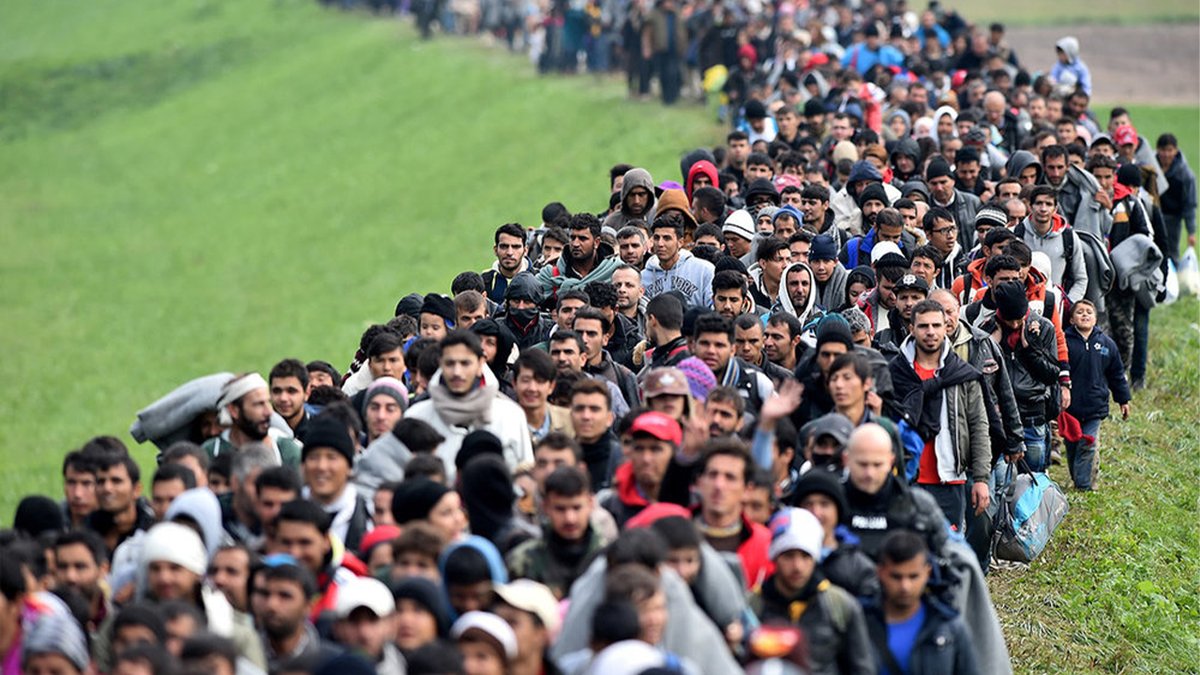Tucker Carlson knows how to cause a stir. By questioning the official 9/11 narrative, he’s done it again. And he’s right.
The narrative is riddled with holes, contradictions, and unanswered questions—and to pretend otherwise insults both memory and reason.
THREAD 🧵
The narrative is riddled with holes, contradictions, and unanswered questions—and to pretend otherwise insults both memory and reason.
THREAD 🧵

Let’s begin with the allegation that Osama bin Laden was a CIA asset, and that Al-Qaida itself was born out of Operation Cyclone—a CIA program to arm and finance the Afghan mujahideen during the Soviet–Afghan War.
In 2005, Robin Cook—British Foreign Secretary from 1997 to 2001—wrote in The Guardian:
“Throughout the 80s [Osama bin Laden] was armed by the CIA... to wage jihad against the Russian occupation of Afghanistan. Al-Qaida, literally ‘the database’, was originally the computer file of the thousands of mujahideen who were recruited and trained with help from the CIA to defeat the Russians.”
Conveniently, Robin Cook died under suspicious circumstances just one month after those words were published.
In 2005, Robin Cook—British Foreign Secretary from 1997 to 2001—wrote in The Guardian:
“Throughout the 80s [Osama bin Laden] was armed by the CIA... to wage jihad against the Russian occupation of Afghanistan. Al-Qaida, literally ‘the database’, was originally the computer file of the thousands of mujahideen who were recruited and trained with help from the CIA to defeat the Russians.”
Conveniently, Robin Cook died under suspicious circumstances just one month after those words were published.

Zbigniew Brzezinski, National Security Advisor to President Jimmy Carter, played an instrumental role in Operation Cyclone—funneling an estimated $3–$6 billion in weapons and support to the Afghan mujahideen—from which Al-Qaida later evolved.
In a 1998 interview with French news magazine Le Nouvel Observateur, Brzezinski was asked if he regretted promoting Islamic fundamentalism and providing weapons and support to future terrorists.
His response was chilling:
“What is more important in terms of world history? The Taliban or the fall of the Soviet empire? A few Islamist hotheads or the liberation of Central Europe and the end of the Cold War?”
In a 1998 interview with French news magazine Le Nouvel Observateur, Brzezinski was asked if he regretted promoting Islamic fundamentalism and providing weapons and support to future terrorists.
His response was chilling:
“What is more important in terms of world history? The Taliban or the fall of the Soviet empire? A few Islamist hotheads or the liberation of Central Europe and the end of the Cold War?”

Then there’s the infamous “Rebuilding America’s Defenses” report, published a year before 9/11 by the Project for the New American Century—a neoconservative think tank whose core members would soon land senior roles in the George W. Bush administration, including Dick Cheney, Donald Rumsfeld, Paul Wolfowitz, Richard Perle, and many others.
The document urged a stronger U.S. military presence in the Middle East—particularly in Iraq, but also in Syria, Iran and Saudi Arabia—but emphasized that “the process of transformation, even if it brings revolutionary change, is likely to be a long one, absent some catastrophic and catalyzing event—like a new Pearl Harbor.”
Sure enough, one year later, 9/11 delivered exactly that “catastrophic and catalyzing event,” paving the way for the War on Terror, the Patriot Act, the invasion of Afghanistan, and soon after, the long-planned regime change in Iraq.
How remarkably “coincidental.”

The document urged a stronger U.S. military presence in the Middle East—particularly in Iraq, but also in Syria, Iran and Saudi Arabia—but emphasized that “the process of transformation, even if it brings revolutionary change, is likely to be a long one, absent some catastrophic and catalyzing event—like a new Pearl Harbor.”
Sure enough, one year later, 9/11 delivered exactly that “catastrophic and catalyzing event,” paving the way for the War on Terror, the Patriot Act, the invasion of Afghanistan, and soon after, the long-planned regime change in Iraq.
How remarkably “coincidental.”


Let’s not forget about George W. Bush’s August 2001 Daily Brief, which stated clearly that bin Laden was determined to strike inside the United States. It mentioned surveillance. It mentioned hijacking. That was a flare in broad daylight. Yet weeks later, four planes reportedly flew unchallenged through the most guarded skies on Earth. We were told the attack came like lightning from a clear sky. The record shows the storm clouds were already gathering.



Then there’s the air-defense story. Fighters scrambled too late. Radar screens blurred with confusion. Command lines twisted into knots. Pilots sent the wrong way or left waiting for orders that came after it mattered. Intercepts that once took minutes dragged into hours—on the one morning when minutes meant everything.
It turns out the U.S. military and other agencies just so happened to be running multiple plane-hijacking drills that very morning, leaving air traffic controllers unsure whether they were facing real hijackings or simulations—an excuse later offered for the monumental failure of America’s vast defense apparatus to do the one thing it was created to do, when it mattered most.
What are the chances?
It turns out the U.S. military and other agencies just so happened to be running multiple plane-hijacking drills that very morning, leaving air traffic controllers unsure whether they were facing real hijackings or simulations—an excuse later offered for the monumental failure of America’s vast defense apparatus to do the one thing it was created to do, when it mattered most.
What are the chances?
World Trade Center Building 7 deepens the doubt. No plane touched it. Yet hours after the towers fell, a 47-story steel giant dropped straight down. The official explanation claims office fires triggered a progressive collapse—and even concedes a brief period of free fall. That phrase still gnaws at engineers and ordinary people alike. How did routine fires strip support so cleanly that a skyscraper fell through itself as if through air? Maybe there’s an answer. If so, it has never convinced the public.
Media errors added fuel. The BBC announced WTC Building 7’s collapse while it still stood in the live shot behind the reporter. Later, they dismissed it as a mistake. Maybe so. But on a day already crowded with coincidences, this one hit hard. People remember what they saw: a very confident report before the event occurred.
Health assurances broke trust further. Within days, officials told New Yorkers the air around Ground Zero was safe to breathe. Years later, internal reviews admitted those reassurances went far beyond the evidence. The result was predictable: first responders and residents left with long-term illnesses that many believe could have been mitigated with honesty and caution.

The investigation was meant to repair confidence. It did the exact opposite. The 9/11 Commission started late, fought for access, and heard key testimony behind closed doors—without witnesses even sworn in. One commissioner called it a “scam.” Another said it was “set up to fail.” You couldn’t make this up. Unless, of course, you’re part of the U.S. government, desperate to prevent evidence from ever seeing the light of day.
Money trails and foreign ties add more smoke. Families spent years forcing out documents on possible links between the hijackers and figures connected to a close U.S. ally. Declassified files revealed logistical support to two hijackers from a man in regular contact with that ally’s officials, while still stopping short of blaming the government directly. But why did it take so many years to learn even that? If the story was as clear as we were told, those files wouldn’t have been buried in the first place.
Look, each piece alone might be explained. Warnings get missed. Bureaucracies stumble. Reporters make mistakes. Buildings fail in rare ways. But, together, these pieces form a perverse pattern.
And then came the speed of the aftermath. The Patriot Act appeared almost overnight, rewriting civil liberties for tens of millions. New agencies rose from the rubble, armed with sweeping powers of surveillance.
When laws that look prepackaged slip through in the midst of a crisis, raising an eyebrow isn’t paranoia—it’s vigilance.
And then came the speed of the aftermath. The Patriot Act appeared almost overnight, rewriting civil liberties for tens of millions. New agencies rose from the rubble, armed with sweeping powers of surveillance.
When laws that look prepackaged slip through in the midst of a crisis, raising an eyebrow isn’t paranoia—it’s vigilance.
One doesn’t need a tinfoil hat and a bunker in the woods to be suspicious. We can honor the dead and still demand answers. Tucker’s provocation hits hard because the record itself leaves the gaps. We had warnings. We watched defenses disintegrate. We witnessed a skyscraper crumble like a controlled demolition. We were fed ridiculous lies. We endured an inquiry that seemed staged from the start. We clawed through redactions to find what should have been clear all along.

America’s promise was never perfection. It was accountability. Truth, even when ugly, was supposed to matter more than comfort. Yet time and again, the truth has been buried.
From the unanswered questions around JFK’s assassination to the shameless cover-ups of Watergate. From the lies of the Iraq War to the silence surrounding Jeffrey Epstein’s death, the pattern repeats. Each time, the public is told to move on. Each time, the record remains stained.
On 9/11, too much still reeks of cover-up. Red flags ignored. Defenses failed. Files hidden for decades. Until the contradictions are answered, the scandal isn’t the questions—it’s the silence.
From the unanswered questions around JFK’s assassination to the shameless cover-ups of Watergate. From the lies of the Iraq War to the silence surrounding Jeffrey Epstein’s death, the pattern repeats. Each time, the public is told to move on. Each time, the record remains stained.
On 9/11, too much still reeks of cover-up. Red flags ignored. Defenses failed. Files hidden for decades. Until the contradictions are answered, the scandal isn’t the questions—it’s the silence.

This thread was co-written with no-nonsense researcher and writer, John Mac Ghlionn.
John has written for a number of publications, including Blaze Media, The NY Post and The Hill.
John has written for a number of publications, including Blaze Media, The NY Post and The Hill.
• • •
Missing some Tweet in this thread? You can try to
force a refresh



